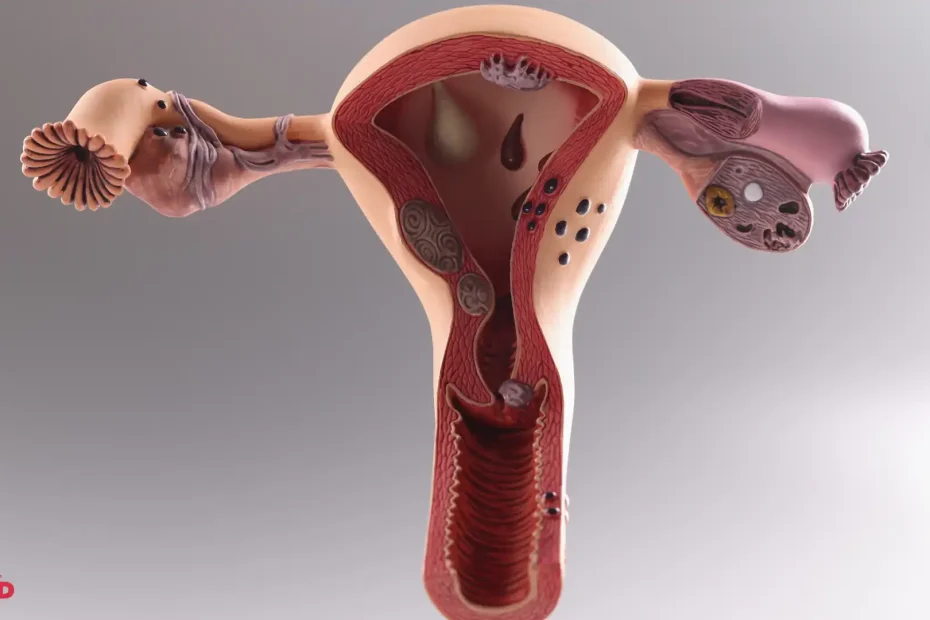Spotting or light bleeding between periods can be alarming if you are on the carnivore diet. You may be wondering what is causing it and if you should be concerned. Don’t worry, spotting is usually not harmful, but figuring out what is triggering it will help you get back on track.
The most important thing is not to panic. Spotting on the carnivore diet is usually due to hormonal fluctuations or changes as your body adapts. We will cover the common causes and ways to manage symptoms and prevent recurrent spotting episodes.
Common Causes of Spotting on the Carnivore Diet
There are a few possible reasons you may be seeing spotting during your carnivore journey:
Hormonal Changes
- Switching to a zero-carb diet is a significant change for your hormones. Estrogen and progesterone levels can fluctuate as your body regulates itself.
- This natural adjustment period can temporarily cause spotting. It’s your body’s way of finding balance again.
- Be patient, this should resolve within a few cycles as hormones re-regulate.
Uterine Lining Fluctuations
- The carnivore diet eliminates inflammatory foods that may have been causing chronic irritation of your uterine lining.
- As the inflammation subsides, the lining may shed in patches causing temporary spotting.
- Over time, the lining should stabilize once irritation is reduced.
Sudden Drop in Calories or Nutrients
- Restricting carbs and calories too abruptly can cause spotting.
- Your body needs adequate nutrients and calories to maintain hormone and uterine lining equilibrium.
- If undereating, increase high-quality meat intake to provide sufficient protein, fat, and micronutrients.
Managing Symptoms of Spotting Episodes
While waiting for your body to readjust, here are some tips to help manage nuisance symptoms of spotting:
- Wear a pantyliner when needed to prevent soiling
- Use a hot water bottle on the lower abdomen to ease cramps
- Get more rest to conserve energy
- Reduce exercise if excessive activity makes cramps worse
- Stay hydrated and get enough electrolytes
Be patient through the adjustment phase. If after 3 months your periods remain very irregular with prolonged or heavy bleeding, consult your MD.
How to Prevent Recurrent Spotting
Once any initial hormonal fluctuations resolve, you shouldn’t have to keep dealing with spotting episodes unless there is an underlying issue that needs addressing.
Ensure Adequate Nutrition
- Eat enough protein-dense meat – shoot for 1-2 grams per kilogram of body weight daily.
- Include fatty cuts of beef and lamb. Healthy fats nourish hormonal pathways.
- Take a general vitamin supplement to fill any nutritional gaps from eliminations.
Manage Stress Levels
- High stress negatively impacts female reproductive hormones.
- Make time for relaxing activities – gentle stretching, walking outdoors, meditating.
- Get good sleep quality and quantity. Prioritize self-care.
Consider Supplemental Progesterone
- Progesterone deficiency can cause spotting. This is common after 35 years old as levels naturally decline.
- Have your progesterone level tested first to identify if this is contributing to spotting.
- If low, a compounded natural progesterone supplement may help stabilize the uterine lining. But check with your healthcare provider first.
When to See Your Doctor
While minor spotting here and there is usually not a major concern, if you experience any of the following, do reach out for medical support:
- Heavy or prolonged bleeding lasting over 7 days
- Severe cramping or clotting
- Bleeding after menopause sets in
- Spotting accompanied by pain or fever
- Pelvic pain with intercourse
Report any abnormal symptoms for proper diagnosis rather than self-treating. Serious medical conditions like uterine fibroids, endometriosis, or hormonal disorders will require specific treatment plans. Catching problems early makes them easier to manage.
In Conclusion:
Experiencing occasional spotting when starting on the carnivore diet is frustrating but generally harmless. It’s just your body adapting as reproductive hormones fluctuate a bit until they stabilize.
Be patient for the first few months. Follow adequate nutritional guidelines. Reduce contributing lifestyle stressors. Consider progesterone testing if over 35.
Most cases of spotting will resolve on their own within 1-2 cycles. But if abnormal bleeding persists beyond 3 months, do reach out to your doctor or gynecologist just to be safe. Consistent tracking of your cycles will help identify any ongoing pattern requiring medical attention.
With proper care and management, you can troubleshoot bothersome spotting episodes and continue pursuing the many health benefits of carnivore eating! Stay the course and you’ve got this.



